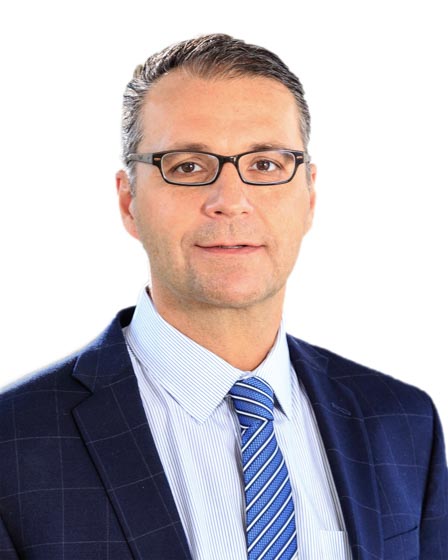Aortic Disease
Leading-edge care for aortic aneurysm and dissection
Our heart and vascular team provides advanced treatment options for diseases of the aorta, the human body's largest artery, such as an aneurysm or dissection.
An aortic aneurysm is a weakening or outward bulge in the aorta, the main artery that carries oxygen-rich blood from the heart to all other parts of the body.
An aortic dissection is a serious condition that occurs when the inner layer of the aorta tears, allowing blood to flow between the layers of the aortic wall.
Both conditions can cause the wall of the aorta to become stretched and burst, causing serious bleeding that can quickly lead to death. These conditions may require emergency surgery.
Blood can also pool in a weakened area of the aorta, leading to clots. When blood clots travel through the blood stream they can cause a heart attack, stroke, pulmonary embolism (blood clot in the lungs) or blockage of blood supply to legs or arms.
There are three main types of aortic aneurysm:
- Abdominal aortic aneurysms occur in the abdomen (the belly) and are the most common type of aortic aneurysms.
- Thoracic aortic aneurysms occur in the portion of the aorta that passes from the heart through the chest.
- Thoraco-abdominal aneurysms occur in the portion of the aorta that leads from the chest to the abdomen.
Thoracic and abdominal aneurysms generally develop slowly over time and often do not cause any symptoms. Aneurysms are often discovered during imaging tests, such as ultrasound, CT scans, or MRI, for other unrelated conditions.
Surgery for Thoracic Aortic Aneurysm Repair
Englewood Health's cardiothoracic surgeons and vascular surgeons are experts in the complex and delicate surgical repair of thoracic aortic aneurysms.
Aneurysms that are located near where the aorta joins the heart must be repaired through open surgery by our cardiac surgery team. Our surgeons may also recommend an open surgical procedure if your aneurysm is especially large or has a more complex shape.
Aortic Arch Surgery
The aortic arch is the curved area of the aorta where the major arteries branch off to supply blood to the head and arms. If you have an aneurysm located in the aortic arch, our cardiovascular surgeons will determine if your aneurysm is at risk for rupturing or dissection.
Aortic arch aneurysm surgery is complex and requires opening the chest and the use of the heart-lung bypass machine. Our cardiothoracic surgeons will replace the portion of your aorta where the aneurysm is located with an artificial graft or stent (a mesh tube) allowing the blood to flow through normally without putting pressure on the aneurysm.
Catheter-Based Approaches for Aneurysm and Dissection Repair
Englewood Health surgeons use catheter-based approaches whenever possible to treat disorders such as aortic dissection and aortic aneurysms.
- Thoracic endovascular aortic repair (TEVAR): a procedure where a stent graft is inserted through a catheter and deployed at the weakened location in the aorta
- Endovascular aneurysm repair (EVAR): In this minimally invasive option, a vascular surgeon advances a thin tube through a small incision in the groin to the site of the aneurysm. A mesh tube (stent) is inserted and expanded. This allows blood to flow through the artery without pressure on the aneurysm.
- Fenestrated EVAR (FEVAR): an procedure that gives vascular surgeons the ability to navigate and repair complex aneurysms while maintaining the integrity and structure of the valves, veins, arteries, and blood vessels
Endovascular techniques such as these are effective alternatives to open surgical repair of aortic disease. They are associated with a shorter hospital stay and a faster recovery.
-
Thomas Bernik, MD, Chief of Vascular Surgery

Genetic connective tissue disorders—such as Loeys-Dietz, Marfans, Ehlers-Danlos, and Turner syndromes—are responsible for one in five cases of aortic disease. The vascular surgery team provides screening, diagnosis, and surveillance for people with aortic disease due to a genetic disorder and determines the most appropriate timing for aneurysm repair, should it be required.